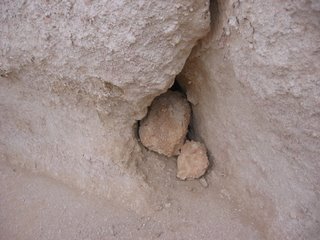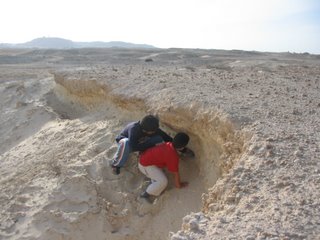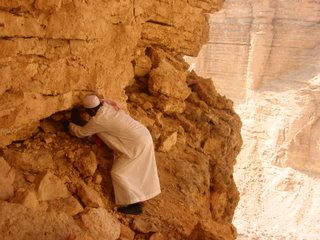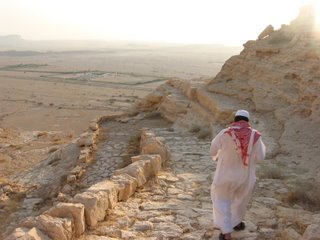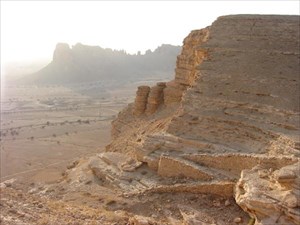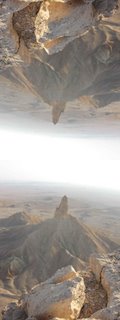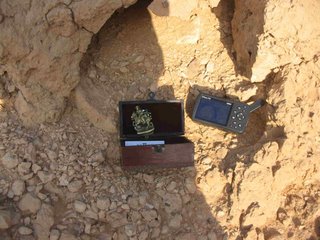Marat:Thomas Barger was one of the early pioneers who came to Arabia in 1937 to explore for oil. He retired 32 years later as CEO of Aramco. I remember first reading about him in an article appearing in ArabNews that talked about a book published by his son. It is a collection of letters he wrote to his wife while living in Arabia some 67 years ago. Being fascinated with such material, I went right ahead to Jarir bookstore in AlKhobar to buy the
book. I had to wait for several weeks before getting the book …. I was very pleased with what I got. You see .. I have this .. passion for material relating to the recent history of this land. It developed over the last several years.
So much for that .. I will talk more about the book later, but for now I will mention that there was a picture Barger took for the town of Marat in 1939. Here is an excerpt of what he had to say about it:
“The sand in the backcountry is the reddest I've ever seen; it practically glows in the red down. There are high, bold hills with real cliffs on them rising six to eight hundred feet above the plains on the westward faces. We did not pass through many towns, but one, Marat, was as picturesque as you could wish. The earth is a reddish clay, and just outside the town is a high jabal that we climbed. We took pictures of the town spread out below us with its red-turreted walls, green gardens scattered over the plain, and the great pool in which they gather rainwater by a system of ditches."
I wanted to go to the place and see if I could recognize the surroundings. Armed with the picture, I headed with my partner, Hamad, to the town of Marat to see if we could find the jabal from which the picture was taken. The mountain range in the background was our reference point.
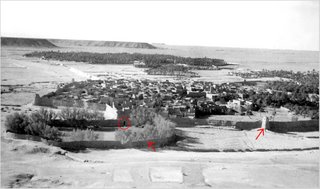
To our pleasant surprise, not only we were able to find the jabal but also recognize many of the features in the picture which are still standing today. The pool mentioned in the manuscript is still visible today as it was 67 years ago (lower left portion). Remains of the watchtower can be seen in the center right portion. In front of the watch tower (adjacent to the pool) is an empty ground that is still empty today. If you look closely, you could even see one of the ditches –encircled- ( no, we didn't hide the cache there but it was tempting and worth looking into).

The mountain was referred to as Jabal Marat by Barger and is the famous Jabal Kumait. The view from the top is superb and is a good family fun – If you have the original picture, bring with you & try playing "Find the differences". I stashed the
cache in one of the old mud buildings appearing in the picture .. we were glad to see the ruins still standing and I wish the municipality restore them and keep them maintained.
Here is an
article I wrote for the Today's Cacher on the subject.
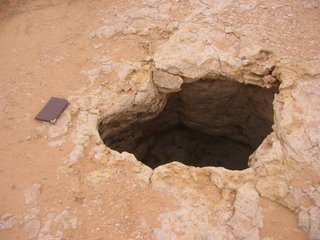 Ok .. geocaching might have started only few years ago but here is a story of cache that is 400 years old. The area is Summan, known for its sinkholes or Dahals.
Ok .. geocaching might have started only few years ago but here is a story of cache that is 400 years old. The area is Summan, known for its sinkholes or Dahals.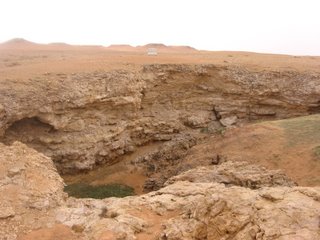

 We then continued north and found another set of dahls where a cache was hidden here. Unfortunately we had no gear to climb down and so took some pictures instead. On our way back, we came across a herd of camels and gave them the right of way.
We then continued north and found another set of dahls where a cache was hidden here. Unfortunately we had no gear to climb down and so took some pictures instead. On our way back, we came across a herd of camels and gave them the right of way.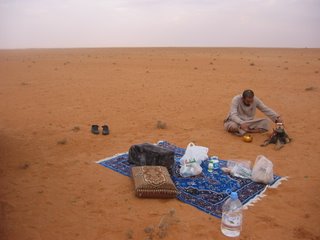



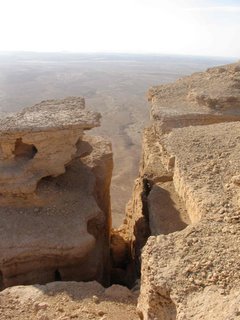

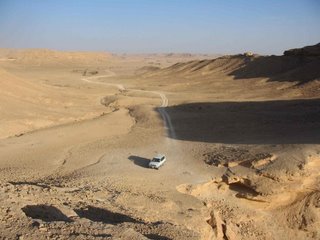
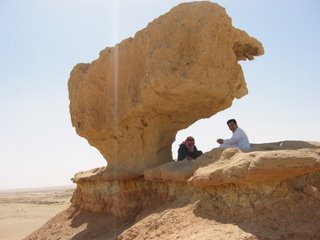



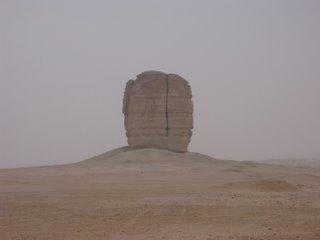
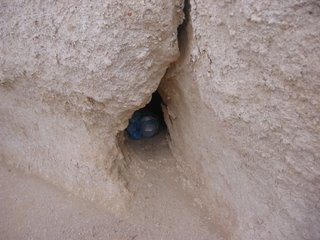 Cache after hiding
Cache after hiding